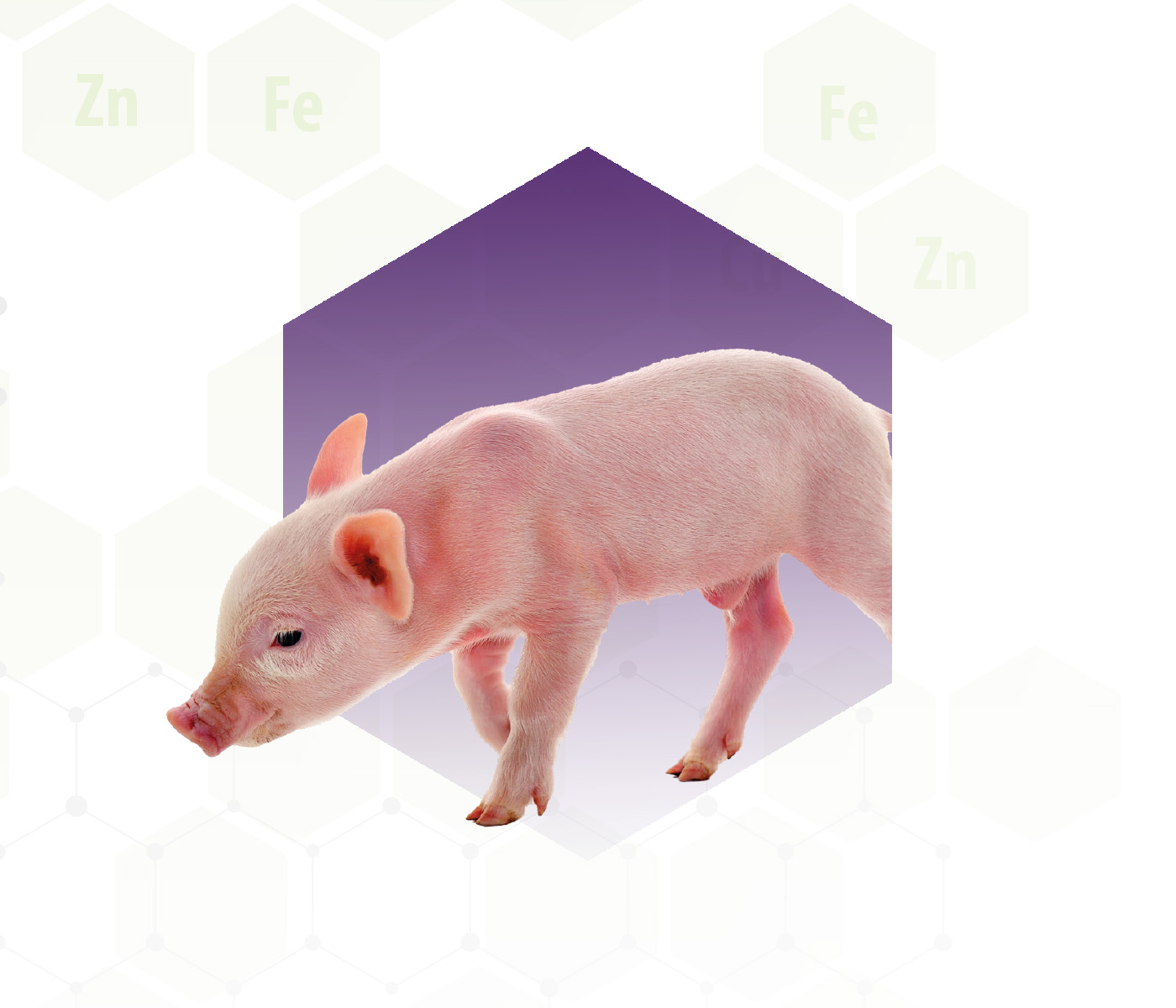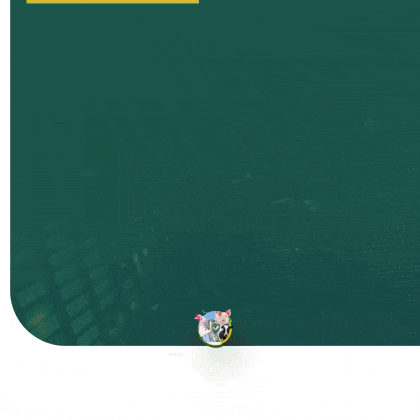High levels of zinc oxide in the diet can alter the metabolism of trace minerals and may be detrimental to the health of weaned piglets.
Zinc oxide is commonly used as a growth promoter and an alternative to antibiotics to prevent post-weaning diarrhea.
Despite the NRC (2012) recommendation of 80-100 mg/kg of zinc for piglets weighing 7-25 kg, the swine industry worldwide uses levels of up to 3000 mg/kg of zinc in the first weeks after weaning (Dalto and Silva, 2020; Yang et al., 2021, Faccin, et al., 2023).
These nutrients are essential in pig nutrition, but the use of high levels has been questioned due to environmental and public health issues (antimicrobial resistance), leading European countries to restrict the use of supra-nutritional doses of zinc in pig diets since 2022.
However, there is still limited knowledge about the interactions between zinc metabolism and that of other trace minerals in different organs, making it challenging to develop new nutritional strategies to replace high levels of zinc oxide without compromising piglet health.
As an illustration, elevated dietary zinc levels have the potential to trigger anemia and lower tissue iron (Fe) concentrations in various species (Yanagisawa et al., 2009; Hachisuka et al., 2021). While the mechanisms governing this interplay between zinc and iron remain poorly elucidated, there are hints of indirect zinc-induced effects via alterations in copper metabolism (Jeng and Chen, 2022).
In fact, copper deficiency negatively impacts iron utilization in swine.
In a recent investigation conducted in our laboratory (Galiot et al., 2018), it was demonstrated that piglets, which were fed 130 mg/kg of copper, experienced a decline in both serum and hepatic copper levels (a reduction of 20% and 76%, respectively) two weeks after weaning. It was postulated that this decline in copper status was initiated by the elevated levels of zinc oxide in the post-weaning diet.
Hence, two studies were conducted to better understand the biological consequences of increasing dietary levels of zinc oxide and different zinc/copper ratios in the diet on the regulation of trace minerals (Zn, Cu, and Fe) in weaned piglets. [register]
Study 1: Basal diet supplemented with 100, 1000, or 3000 mg/kg of Zn (LZn, MZn, and HZn, respectively) in the form of zinc oxide. All three diets had similar copper levels (130 mg/kg; CuSO4).
Study 2: dieta basal suplementada com 100 (LZn) ou 3000 (HZn) mg/kg de Zn na forma de óxid...















